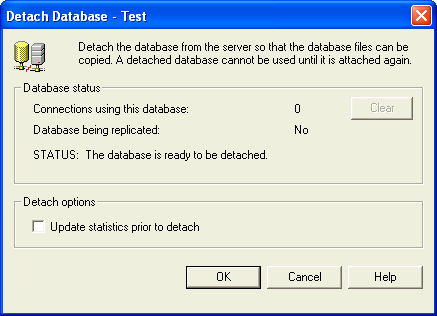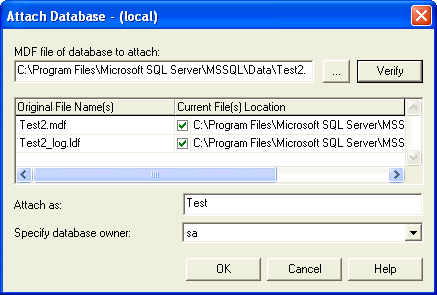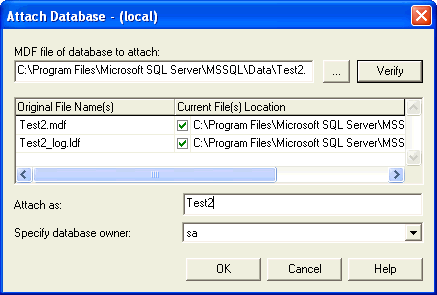Normally, it's best to allow SQL Server to enforce isolation between transactions in its default manner; after all, isolation is one of the basic tenets of the ACID model . However, sometimes business requirements force database administrators to stray from the default behavior and adopt a less rigid approach to transaction isolation. To assist in such cases, SQL Server offers five different transaction isolation models. Before taking a detailed look at SQL Server's isolation models, we must first explore several of the database concurrency issues that they combat:
- Dirty Reads occur when one transaction reads data written by another, uncommitted, transaction. The danger with dirty reads is that the other transaction might never commit, leaving the original transaction with "dirty" data.
- Non-repeatable Reads occur when one transaction attempts to access the same data twice and a second transaction modifies the data between the first transaction's read attempts. This may cause the first transaction to read two different values for the same data, causing the original read to be non-repeatable
- Phantom Reads occur when one transaction accesses a range of data more than once and a second transaction inserts or deletes rows that fall within that range between the first transaction's read attempts. This can cause "phantom" rows to appear or disappear from the first transaction's perspective.
- The Read Committed Isolation Model is SQL Server’s default behavior. In this model, the database does not allow transactions to read data written to a table by an uncommitted transaction. This model protects against dirty reads, but provides no protection against phantom reads or non-repeatable reads.
- The Read Uncommitted Isolation Model offers essentially no isolation between transactions. Any transaction can read data written by an uncommitted transaction. This leaves the transactions vulnerable to dirty reads, phantom reads and non-repeatable reads.
- The Repeatable Read Isolation Model goes a step further than the Read Committed model by preventing transactions from writing data that was read by another transaction until the reading transaction completes. This isolation model protect against both dirty reads and non-repeatable reads.
- The Serializable Isolation Model uses range locks to prevent transactions from inserting or deleting rows in a range being read by another transaction. The Serializable model protects against all three concurrency problems.
- The Snapshot Isolation Model also protects against all three concurrency problems, but does so in a different manner. It provides each transaction with a "snapshot" of the data it requests. The transaction may then access that snapshot for all future references, eliminating the need to return to the source table for potentially dirty data.
SET TRANSACTION ISOLATION LEVEL <level>- READ COMMITTED
- READ UNCOMMITTED
- REPEATABLE READ
- SERIALIZABLE
- SNAPSHOT

















